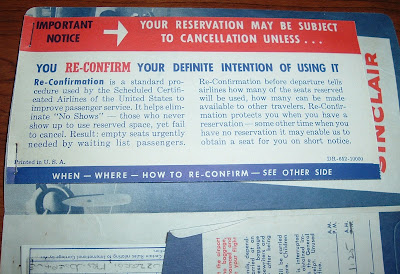The alliterative title sounded catchy in my head, but my first choice was to just use the company's name--E.H. Myers & Co. And they were actually pork and beef packers, as the subtitle in their name indicates on their billhead below.

The banner at the left of this billhead informs customers of the day that they also were curers of hams (sugar cured), shoulders, breakfast bacon, dried beef, and beef tongues. Additionally, they were also dealers in cheese lard and carbon and lard oils.

The fine print in red ink to the left of the banner, running vertically alongside the banner, makes a curious (to me) statement:
We do not guarantee PLAIN MEATS against Skippers. Plain meats is in caps for emphasis. Skippers is capitalized as a proper noun would be. That's too interesting to not research, so I did.

Anyone who has cured hams or bacon would know about this, I guess. I've never done it and knew nothing about skippers. According to information I found at
pestproducts.com, skippers are insects, or pests, that look like flies and feed off moldy cheese or slightly putrid meats like hams. They are commonly called cheese skippers or ham skippers. The image here is what E.H. Myers & Co. wouldn't guarantee their meats against.
The backside of this billhead has an interesting piece of writing. It's dated January 1st, 1882 and contains the rules adopted by the Pork Packers of Pittsburgh.

Apparently, the guarantees on smoked and cured meats had been abused by both sellers and buyers of meats in Pittsburgh so much that the handling of these meats had deteriorate into neglect and carelessness under the assumption of unlimited warranty. Therefore, certain rules of guarantee were put into place to protect both the seller and buyer.
The first two rules about inspecting and hanging in a cool, dry place and plain meats not being guaranteed against Skippers are also reiterated on the front side of the billhead. Rules 3 and 4 concern the conditions of returns.

Living in the litigious society of today, I wonder if in 1882 lawsuits may have played a role in the conditions and rules being stated on company correspondence such as this billhead. More likely, at that time, the clarifications and caveats had more to do with angry customers and bottom line.
One last item... Researching E.H. Myers led me to a great Web site:
David Rumsey Map Collection ~ Cartography Associates. Here I found an image (engraved print) of E.H. Myers' residence in Pittsburgh. Looks like the meat packing business was very, very good to Mr. Myers and family!






















































